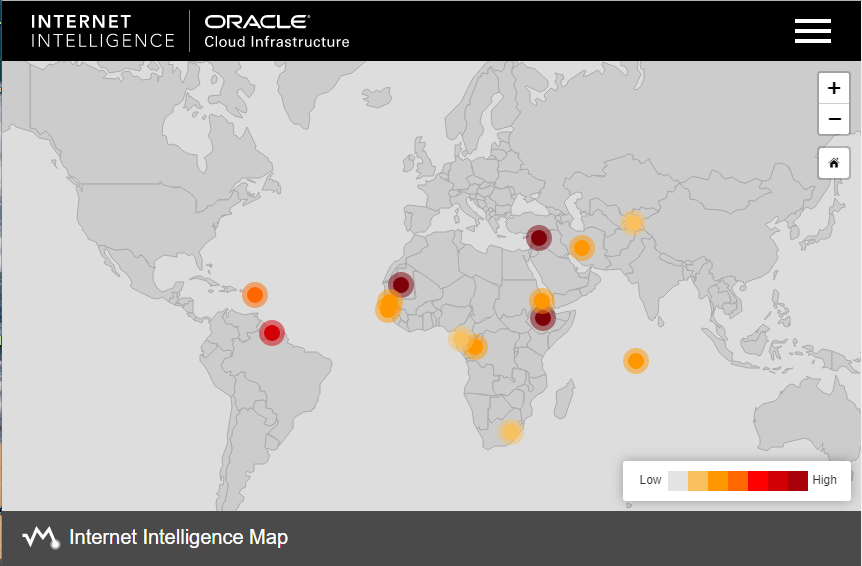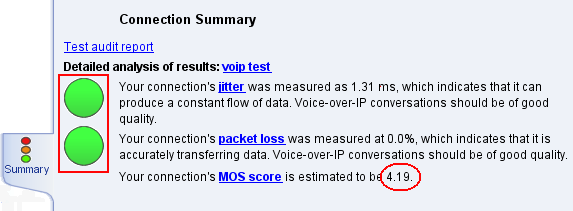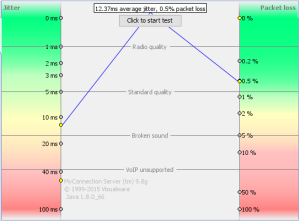Common cause of poor VoIP Quality and Solutions
How much of your current bandwidth is needed for high-quality voice calls?
The bandwidth requires depends on codecs compression and the number of concurrent calls you want to make. The table below shows the minimum bandwidth required to make calls as well as recommended speeds for optimal performance.
| Concurrent Calls | Minimum Required Bandwidth | Recommended Bandwidth |
| 1 | 100 Kbps Up and Down | 3 Mbps Up and Down |
| 3 | 300 Kbps Up and Down | 3 Mbps Up and Down |
| 5 | 500 Kbps Up and Down | 5 Mbps Up and Down |
Your home or business Internet is also being used for other functions (web browsing, sending and receiving email, file transfers, etc) that are candidates contending for bandwidth. Some but not all routers have the ability to prioritize voice services so that the impact of other applications doesn’t degrade voice quality. This feature is also know as Quality of Service “QOS”. It helps prevent audio issues caused by voice and data competing for the same bandwidth.
Make sure your network router’s Quality of Service (QoS) settings are set as follows
- UDP/5060 – Priority: High
- UDP/5160 – Priority: High
- UDP/16384 to 32768 – Priority: High
Some router function that we recommend to disable to improve the Voip Quality
- Application Layer Gateway “ALG”
- Stateful Packet Inspection “SPI”
Jitter is a common problem of the connection-less networks or packet switched networks. Because the information (voice packets) is divided into packets, each packet can travel by a different path from the sender to the receiver. When packets arrive at their intended destination in a different order then they were originally sent, the result is a call with poor or scrambled audio. The maximum allowable duration of jitter is less than 10 ms before deterioration occurs.
There are 3 types of delays;
- Propagation Delay: Light travels through a vacuum at a speed of 186,000 miles per second, and electrons travel through copper or fiber at approximately 125, 000 miles per second. A fiber network stretching halfway around the world (13, 000 miles) induces a one-way delay of about 70 milliseconds (70 ms). Although this delay is almost imperceptible to the human ear, propagation delays in conjunction with handling delays can cause noticeable speech degradation.
- Handling Delay: Devices that forward the frame through the network cause handling delay. Handling delays can impact traditional phone networks, but these delays are a larger issue in packetized environments.
- Queuing Delay: When packets are held in a queue because of congestion on an outbound interface, the result is queuing delay. Queuing delay occurs when more packets are sent out than the interface can handle at a given interval.
The maximum duration of latency that a VoIP system can sustain without deterioration of service is less than 150 ms in any one direction.
Solution: Internet providers offer Business Class High Speed and DSL internet service that are acceptable.
Solution: Install a Specialized VoIP Router that has the ability to prioritize VoIP traffic.
Solution: This is one of the easiest and least expensive problems to correct. A Business VoIP capable router that is properly configured will generally solve the problem.
Live Outage Map by Downdetector
Downdetector collects status reports from a series of sources using real-time analysis of the data. One of the sources is reports on Twitter and cannot guarantee the accuracy of those tweets but they constantly work to improve the selection algorithm.
Internet Intelligence Map by Oracle
Oracle’s Internet Intelligence team is dedicated to reporting and covering issues such as country-level connectivity statistics, transit shifts, and security threats that impact the performance of the global internet.

Additional VoIP Testing with MOS
Interpreting Results
The VoIP Speed Test will show you Jitter, Packet Loss, and MOS. You should run this test multiple times throughout a normal work day to see if there is any variance in MOS based on the time of day. For instance, during the peak working hours between 7am and 9am where user are logging in to the network.
Mathematically, 4.41 is the maximum MOS for G711, while the maximum is 4.07 for G729.


























